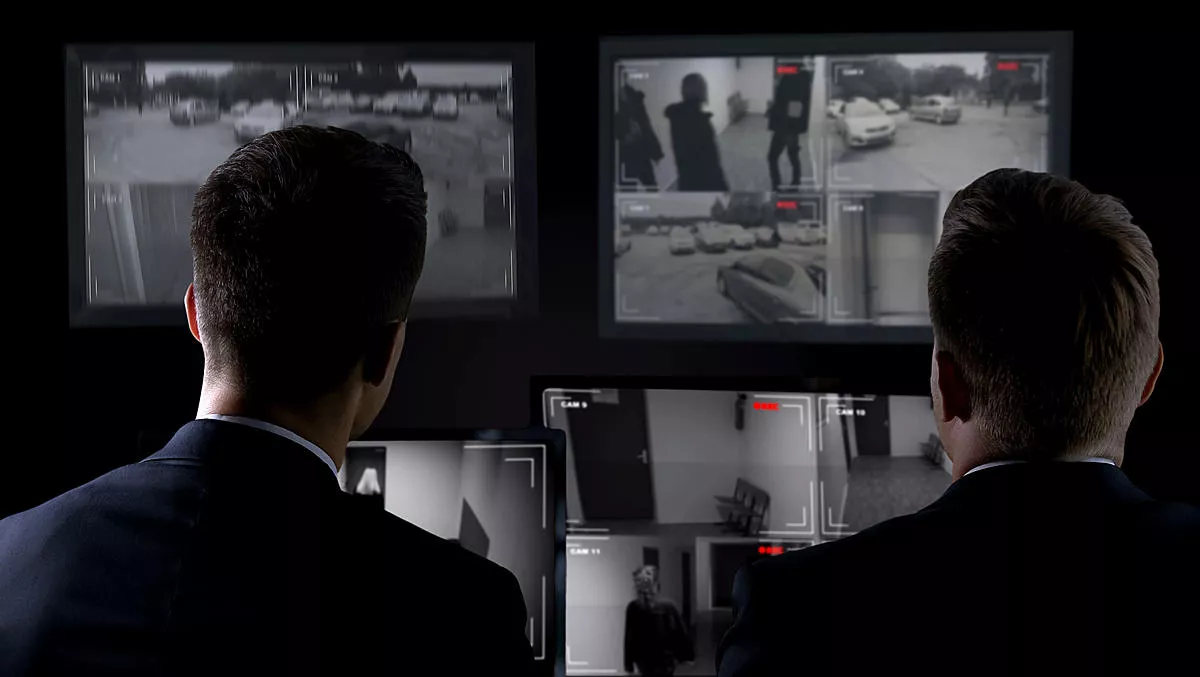
The obvious power of the video camera – and the software that sits behind and controls it - lies in security. Cameras are installed in shopping centres, airports, public transport, warehouses and practically everywhere that requires security of goods and the protection of the public. In Sydney, it is estimated that there are approximately 12.35 security cameras for every 1000 people, according to a Comparitech survey. In Auckland, that figure is 3.35 cameras per 1000 people.
That is a lot of video material, and lately, a whole lot of computing power as well. Top-line cameras now have computing chips inbuilt, which allow them to perform high-level tasks such as self-learning video analytics and advanced functionality across multiple sensors, such as blocking part of a view to maintain privacy.
Harnessing this power, camera software can learn what to expect in a certain field of view, and sound an alarm if something compromises that territory; they can automatically pan, tilt and zoom to focus on a moving object; or automatically adjust to provide clear images in low light conditions. Essentially, cameras are no longer passive recording devices, but have attained a much higher level of functionality.
That computing power can be harnessed to enhance the productivity of security solutions, but there is also a vast amount of scope for new, additional functions, which can make life not only safer, but also smarter. There are also opportunities to make existing security hardware work harder, providing extended value to the organisation that owns it, and offering ways to monetise security infrastructure.
By extending the innate value of a security ecosystem, there is a fundamental shift in planning and development perception. What was once treated as a capital expenditure by default, a new security set-up can now be viewed as an OPEX model, whereby the hardware starts to pay for itself.
If a camera is set up in a shopping centre purely to provide video footage of a certain field-of-view, it is a passive asset. It performs that function – and probably does it very well these days – but nothing beyond the most basic task it was designed for. Extend that piece of hardware towards fulfilling its potential however, and it moves from being a passive asset, to being an active one.
Suppose the camera was linked to an open software platform that not only manages its performance and daily tasks in a network of other cameras but could also integrate with video data analytics. Then it becomes a camera that can count the amount of foot traffic in its field of view, analyse what times of day are busiest in that field of view, which direction people are moving, how fast they move – are they in a hurry, or are they likely to be browsing? Do they move with purpose, are they all heading in the same direction?
Let the camera make basic observations, feed that data into an analysis system, and suddenly the hardware can provide pedestrian heat-mapping reports, time-of-day reports, foot-traffic reports. It has become an asset that gives back much more than the intrinsic value for which it was bought and extends far beyond the basic purpose for which it was designed.
Using an open-platform video management software solution, the same camera may be integrated with licence plate recognition (LPR) technology to observe and recognise cars entering a carpark – lifting the barrier ahead of time for ‘known' vehicles, stopping those that are not recognised. It may be advanced enough – linked to the right software – to detect that a licence plate is not on the correct make and model of a vehicle and send an alert to authorities that a vehicle may have been stolen. It might also be deployed in a drive-through fast-food outlet and tasked with recognising VIP customers so that their favourite order can be prepared for them before they even arrive at the order point.
From observing water levels in a dam through to analysing the operational efficiency of solar installations, video can play a much larger part in the daily business operations of a huge array of industries and business models.
Facial recognition can allow regular customers to receive their orders faster in a café, if software is integrated with the open-platform VMS and a basic video camera. It can open doors in a facility where employees often have their hands full, and thus make their passage through a building faster and safer. In certain situations, such as mining operations, work is inherently dangerous and subject to very strict guidelines.
Facial recognition software integrated with the VMS can automatically identify employees who are trained and certified to be in a dangerous area such as a blast site and admit them, while excluding those who do not have the requisite credentials. This helps the organisation maintain compliance, keeps individuals away from danger, and reduces the burden on administration staff needing to constantly watch a particular area of the operation.
Video has come a long way and is now more functional and capable than ever before. The limit to what can be achieved with new technologies and the power of an open platform management software is only limited by the imagination of developers and integrators.